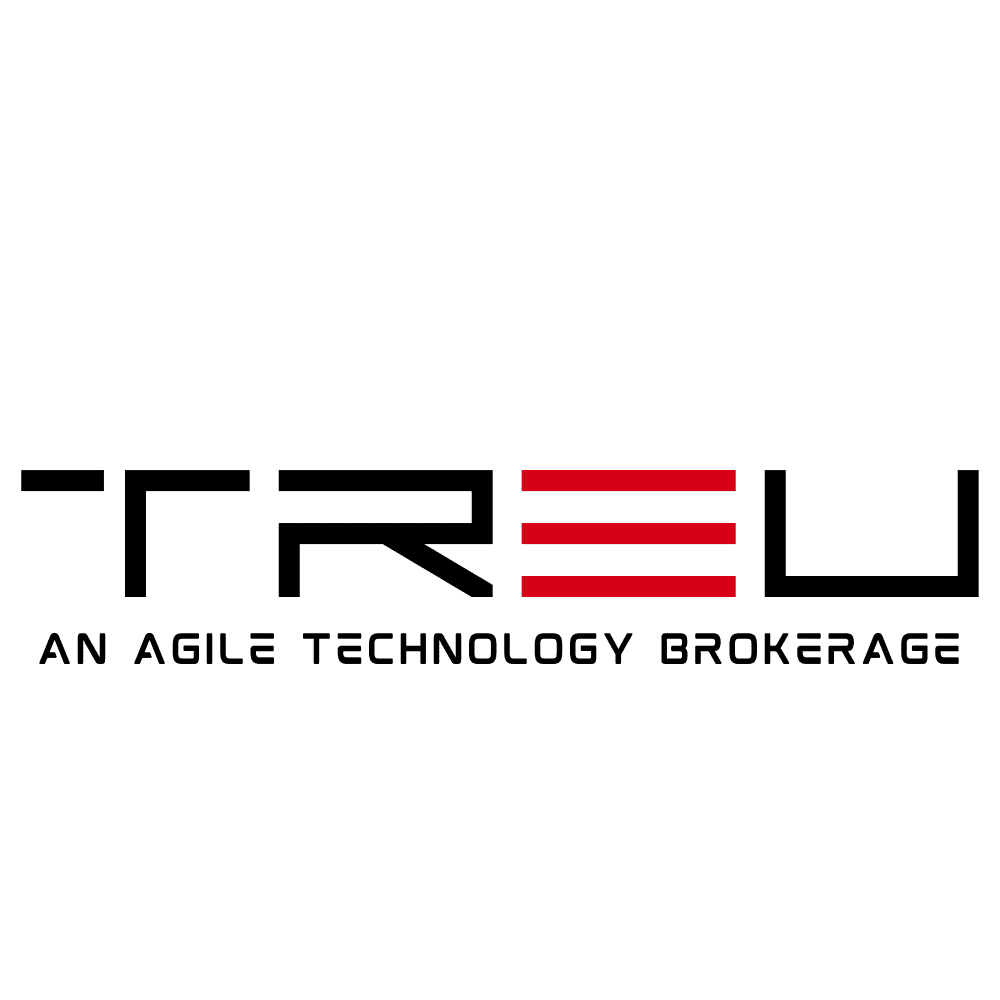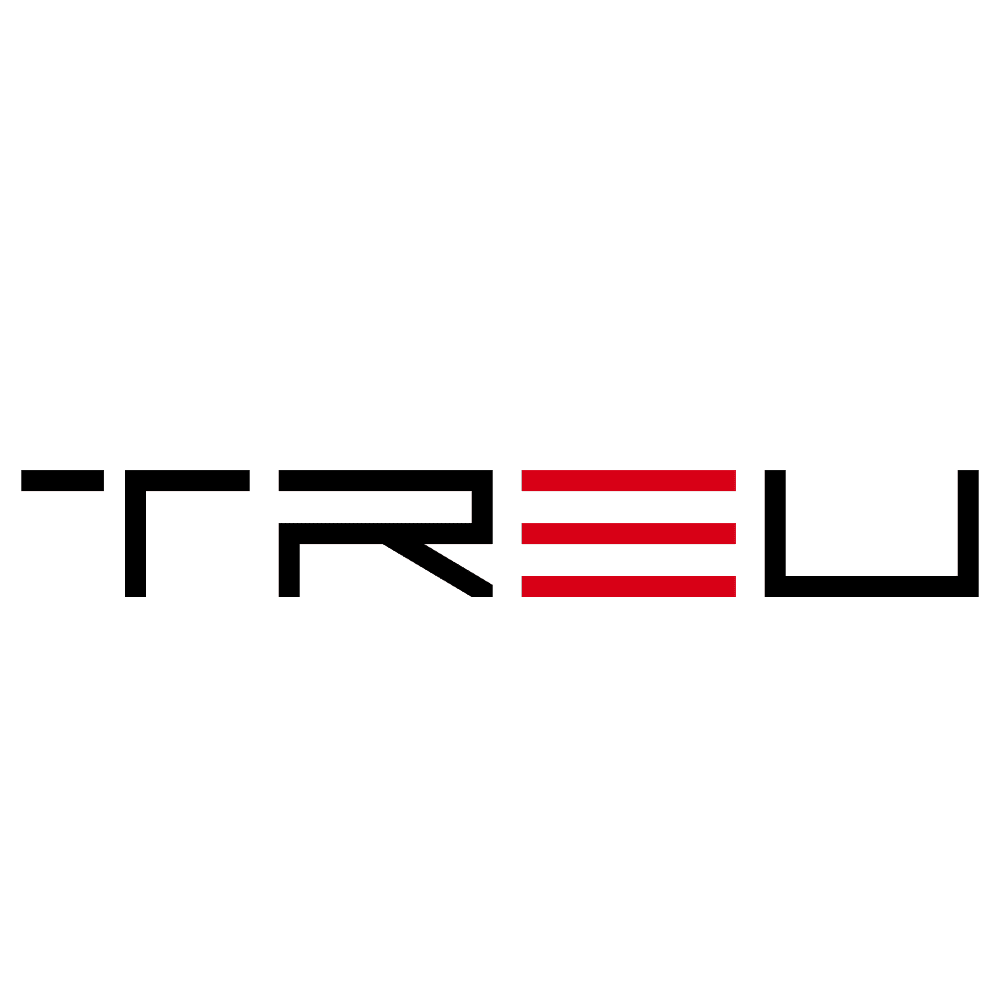Top Enterprise Risk Management Trends Shaping Businesses in 2025
In today’s rapidly evolving digital landscape, enterprise risk management (ERM) has become increasingly pivotal for organizations. As new technologies emerge and economic uncertainties rise, risk management strategies must remain adaptive, resilient, and innovative. As we move further into 2025, businesses must proactively address potential risks to protect their operations, reputation, and future success.
The following trends are shaping how organizations approach ERM. By staying ahead of these developments, businesses can turn challenges into opportunities and bolster their competitive edge.
—
The Growing Impact of Enterprise Risk Management
Incorporating a robust enterprise risk management framework is no longer a luxury—it’s a necessity. Risks related to cyberattacks, economic fluctuations, climate change, and regulatory shifts are more pervasive than ever. Organizations that integrate ERM into their strategic planning are better placed to mitigate disruptions, comply with standards, and drive sustainable growth.
Let’s explore the top ERM trends that are transforming the world of business this year.
1. Elevated Cybersecurity Risks and Threat Management
Cybersecurity continues to dominate risk management discussions, and with good reason. In 2025, the volume, complexity, and sophistication of cyber threats are at an all-time high. Ransomware attacks, phishing schemes, and supply chain vulnerabilities increasingly put sensitive information and operations at risk.
Key Focus Areas for ERM in Cybersecurity:
- AI-Driven Cyber Defense: Leveraging Artificial Intelligence (AI) to detect threats in real-time and automate system responses is becoming essential for risk mitigation.
- Zero-Trust Security Models: Businesses are focusing on implementing strict access control systems under the zero-trust approach to safeguard critical assets and data.
- Proactive Threat Training: Risk management initiatives now include employee education programs that train teams to understand and prevent cybersecurity breaches.
Organizations can no longer afford to be reactive—the shift toward AI-led, predictive cybersecurity is crucial for minimizing risks in an increasingly digital-first world.
2. Regulatory Compliance Complexity
The regulatory landscape continues to evolve, with governments worldwide introducing stricter rules around data privacy and ESG (Environmental, Social, and Governance). Compliance challenges are increasingly amplified as organizations juggle the requirements of global frameworks like GDPR, CCPA, and the EU’s emerging AI Act.
Strategies Businesses Are Using:
- Automated Compliance Tools: Companies are investing in software that tracks and ensures adherence to global regulations in real time.
- ESG Transparency: Growing focus on sustainability means organizations need frameworks that measure and disclose ESG metrics effectively.
- Cross-Functional Collaboration: ERM now involves legal, IT, and operations teams working more cohesively to manage the complexities of global compliance.
Focusing on compliance as a cornerstone of risk management ensures companies avoid costly penalties and build trust with stakeholders.
3. Prioritization of ESG Risks
Sustainability issues are no longer just a corporate social responsibility concern—they are now integral to enterprise risk management. Enterprises face scrutiny from regulators, investors, and consumers to manage their environmental, social, and governance impacts. This is and will continue to be a core driver of organizational transformation well into the future.
ESG Risk Trends to Watch For:
- Climate Change Risks: Threats like natural disasters and resource scarcity are being actively considered in operational planning.
- Supply Chain Visibility: Companies are expected to integrate transparency in tracking the ESG compliance of their suppliers.
- Green Investments: Risk assessments now include evaluating the long-term financial impact of sustainable business practices and renewable energy investments.
A forward-thinking ERM approach integrates ESG principles not just to mitigate risks but to seize opportunities for brand differentiation and operational efficiencies.
4. AI and Machine Learning in Risk Analytics
Artificial Intelligence (AI) and Machine Learning (ML) are playing a transformative role in enhancing risk management strategies. Organizations are increasingly relying on intelligent systems to process vast amounts of data with speed and precision, enabling better decision-making.
How AI and ML Are Shaping ERM:
- Predictive Analytics: AI is helping organizations forecast potential risks before incidents occur, enhancing their defensive capabilities.
- Automation of Reporting: Businesses are automating reports related to compliance, audits, and risk mitigation measures using AI software.
- Continuous Monitoring: AI tools assist in monitoring various processes across the organization in real-time, flagging anomalies or threats quickly.
Harnessing advanced technologies empowers businesses to stay ahead of risks while driving innovation in ERM practices.
5. Integrated Risk Management Platforms
Siloed risk approaches are rapidly declining in favor of integrated risk management (IRM) platforms. These comprehensive systems centralize data, processes, and reporting for a unified risk oversight model.
Benefits of IRM Platforms in 2025:
- Enhanced Decision-Making: Unified data improves visibility for executives, enabling more informed and faster decisions.
- Cross-Team Collaboration: IRM platforms foster collaboration between risk management, compliance, and operational teams.
- Real-Time Insights: With integrated systems, organizations gain real-time information about risks across financial, technological, and operational dimensions.
By implementing these tools, businesses can make risk management more efficient and actionable.
6. Elevating Third-Party Risk Management
The reliance on third-party vendors and suppliers introduces significant vulnerabilities into businesses. These risks are under greater scrutiny as supply chains grow more globalized and interconnected.
Key Efforts in Third-Party Risk Mitigation:
- Advanced Due Diligence: Comprehensive vendor assessments help organizations uncover areas of vulnerability before partnerships are formalized.
- Continuous Monitoring: Risk practices now emphasize ongoing evaluations of suppliers to ensure compliance with contractual and regulatory requirements.
- Supply Chain Mapping: Enhanced visibility of supplier networks enables businesses to mitigate potential disruptions caused by geopolitical or environmental upheavals.
By deepening third-party risk assessments, enterprises can maintain business continuity and protect their reputation.
7. Emphasis on Workforce Resilience
With hybrid and remote work models becoming the norm, workforce risks are growing in prominence in enterprise risk management frameworks. Employee well-being, skill-building, and retention are key concerns.
Workforce Resilience in ERM:
- Retention Strategies: Companies are prioritizing mental health, benefits, and flexible schedules to reduce employee turnover.
- Upskilling Initiatives: Training staff to manage emerging technologies and adapt to industry changes is crucial for maintaining competitive advantage.
- Workplace Cybersecurity Awareness: Preventing risks through ongoing training tailored to hybrid teams ensures safer handling of sensitive data.
Investing in workforce resilience is as much about risk prevention as it is about long-term organizational success.
8. Proactive Crisis Management and Resiliency Planning
Perhaps the most significant trend in 2025 is the shift from reactive crisis response to proactive risk mitigation. Organizations are embracing contingency planning as a critical ERM pillar.
The New Focus Areas:
- Scenario Modeling: Developing what-if scenarios allows businesses to prepare for worst-case outcomes.
- Business Continuity Plans (BCPs): Enterprises are creating comprehensive BCPs that ensure seamless operation in the event of a disruption.
- Resiliency Audits: Periodic audits test the readiness of systems, teams, and processes to handle both foreseen and unforeseen challenges.
A proactive approach not only reduces the impact of crises but also fosters agility and adaptability.
Final Thoughts
The landscape of enterprise risk management is shifting dramatically in 2025. By addressing trends in cybersecurity, ESG risks, AI-driven tools, and workforce resilience, businesses can create a stronger foundation for long-term stability and success.
It’s clear that risk management is no longer a back-office function—it’s an organizational priority. Enterprises that rise to the challenges of this evolving risk environment will be those prepared to seize new opportunities while staying vigilant against emerging threats.
Stay ahead of the curve by embracing these innovative ERM trends. The future of risk management begins today!

